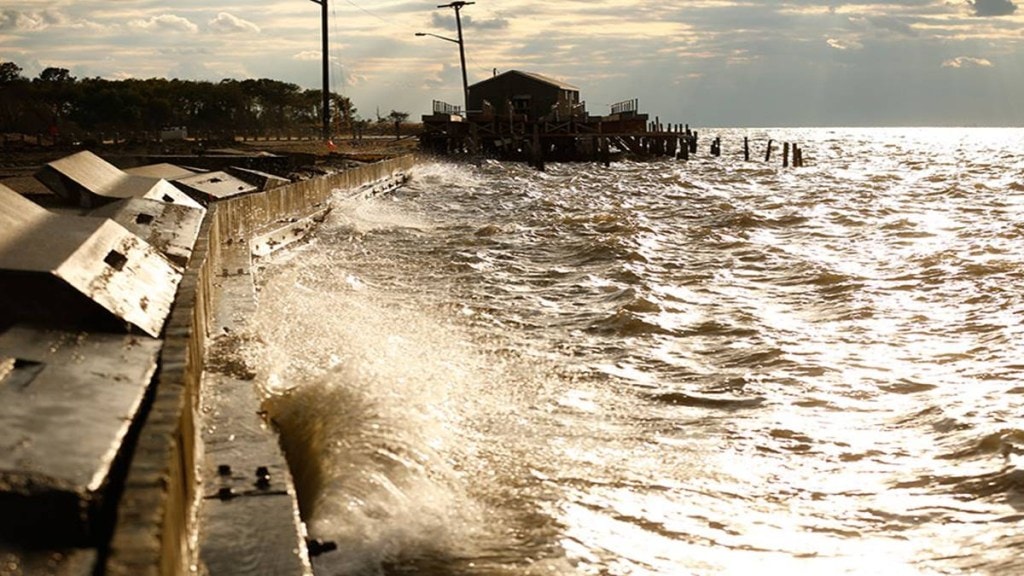We are all aware of the fact that sea levels are rising at dangerously high levels. But have you ever stopped and wondered what exactly is the root cause behind this? What are the various factors contributing to it and what is going to be its impact? If you are guessing it to be something scary, well, you ain’t wrong. Let’s dive in.
Climate Change
The term ‘climate change‘ is something that everyone is used to hearing these days, not just in theory, but in practice too. Rapid changes in the climate, like glaciers melting, are quite visible. If scientific sources are to be believed then the main reason behind this is global warming and the human activities that are causing it. And this is exactly why global sea levels are rising.
The ocean is expanding because of increasing ocean temperatures. Glaciers and ice sheets are melting down resulting in adding more water. The ocean water is expanding as they are absorbing massive amounts of heat trapped by the greenhouse gases in the atmosphere of Earth.
How is NASA decoding the sea level rise?
NASA has been researching the reason behind the rise in sea level for the last 10 years. The herculean task has been made possible with the help of airborne missions, supercomputers, satellites, and shipboard measurements. The agency along with the collaboration with international and interagency partners are observing the causes of sea level rise with exact precision. As per the space agency, global sea level is rising almost 0.13 inches (3.3 millimeters) yearly. Currently, the rise in the sea level is 30% more than when NASA launched its maiden satellite mission back in 1992 to measure the heights of the ocean.
What are the main contributors in sea level rise?
The warming of the atmosphere and ocean is resulting in the melting of ice sheets, mountain glaciers and thus it is helping in adding up the freshwater in the ocean. In thermal expansion, ocean water is enlarging as it absorbs the trapped heat causing sea levels to rise. Meltwater from the glaciers and ice sheets are the reason behind two-thirds of the global sea level rise. The contribution of ice sheets in sea level rise alone is around 1.20 milimetres per year. The scientists recorded the data in the year 2002 to 2017 with the help of GRACE and GRACE-OF satellites.
Impacts of sea level rise
According to Nasa, rise in sea level can gradually affect natural barriers, for instance wetlands, saltwater marshes, mangrove forests and barriers built by humans in order to protect coastal areas from flooding. Over the last decades, almost all the glaciers have been shrinking. Many glaciers like in South America, Alaska, High Mountain Asia, and the Canadian Arctic are also vulnerable to warming air temperatures.
Scientists from various domains are researching the causes of sea level rise and their colleagues are working on the prediction of what sea level rise will look like in the future by using ice computer models, advanced climate, and studying the ocean.

